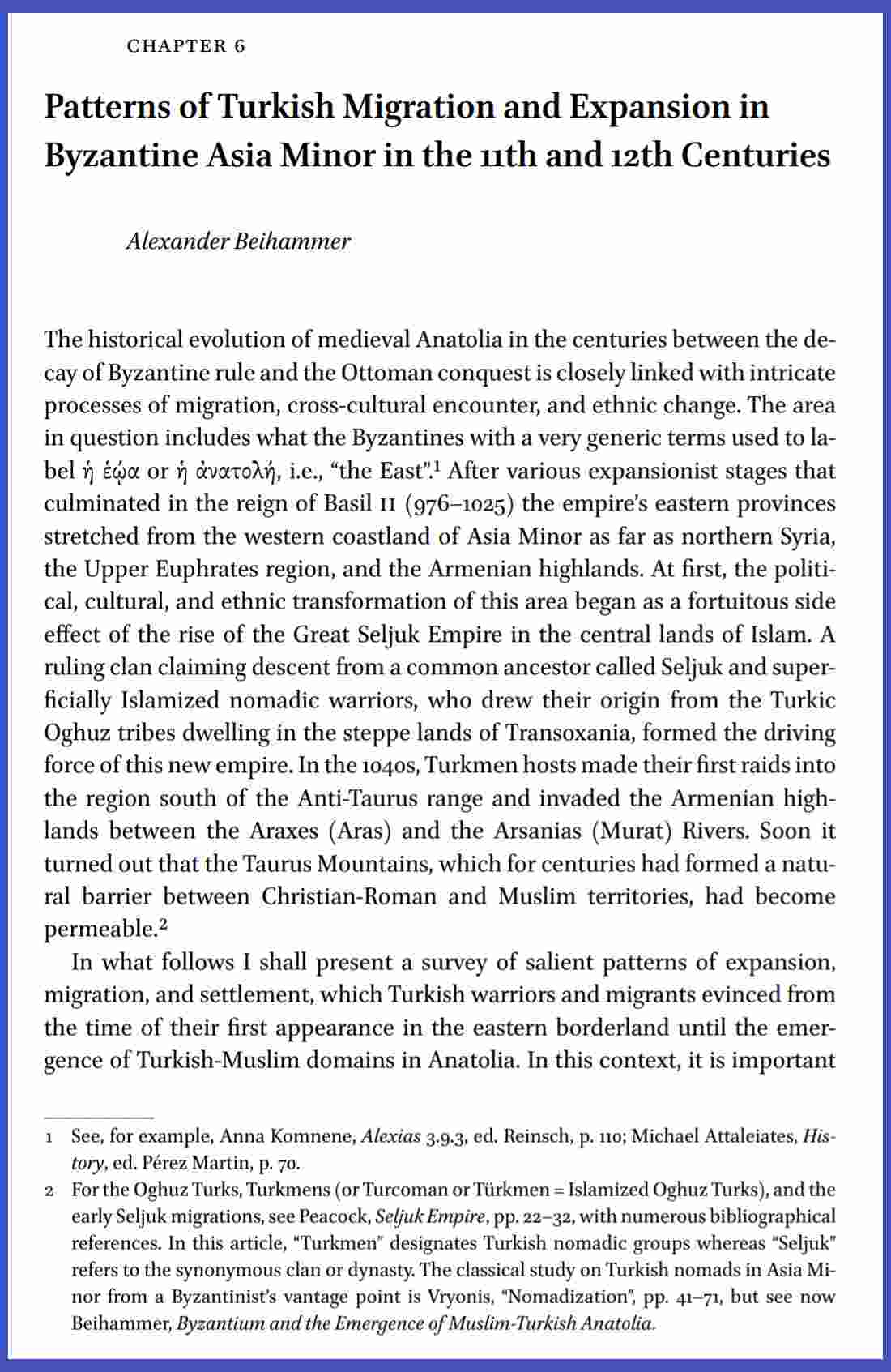Turkic Khaganates (Antiquity to Mongol Empire)
Turkic people are a collection of diverse ethnic groups of people who speak Turkic languages. The word “Turk” means, in its language, 'powerful' and 'strength'. In 552 CE, one branch of Turkic people, the Gokturk, formed the First Turkic Khaganate. They rapidly expanded their territories in Central Asia, and became the first Central Asian transcontinental empire from Manchuria to the Black Sea. The size of the Khaganate exceed that of the Tang dynasty of China. The Khaganate collapsed in 603 CE after a series of conflicts and civil wars. It was divided into the Eastern Turkic Khaganate and Western Turkic Khaganate. Soon, parts of these Khaganates were either conquered by other countries or further broken up.
It is not entirely sure where the Turkic people came from. Currently historians believe that they originated in eastern Central Asia in an area that centered around the Altai (also spelled as Altay) Mountains. Below is a map showing the Altai Mountains (circled).
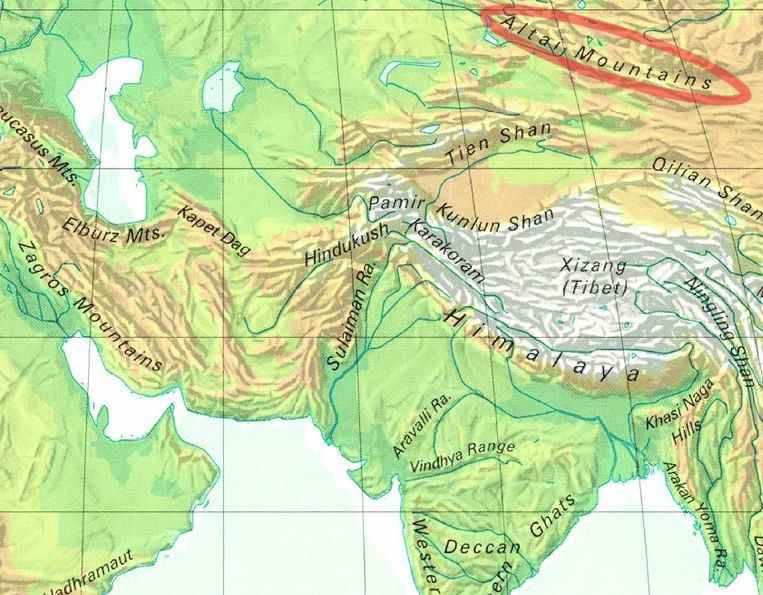
The genetic and historical evidence suggests that although the early Turkic peoples were of largely East Asian origin, they became increasingly diverse as they moved to other areas, with later medieval Turkic groups exhibiting both East Asian and West Eurasian physical appearances and genetic origins. Many vastly differing ethnic groups had became part of the Turkic peoples through language shift, conquest, intermixing, adoption and religious conversion.
The Turkic people didn’t keep good historic records. We learn about them through historic records of the countries they invaded. In 1889 a Russian expedition team discovered in Mongolia a monument erected around the 8th century CE. The inscriptions were written in old Turkic alphabets and Chinese. The text (called Orkhon inscriptions) had been deciphered. Subsequently, many other memorials and steles were discovered. Below is a picture of the top part of the monument.

The Orkhon inscriptions describes important Turkic events from the perspective of the Turkic people. Thus it can be used to balance the perspective of outside history sources. Unfortunately, the information on the monument is limited because of the restriction on the number of words that can be inscribed. This is an English translation of the Orkhon inscriptions.

The First Turkic Khaganate or the Göktürk Khaganate, was a Turkic khaganate established by the Ashina clan of the Göktürks in medieval Inner Asia under the leadership of Bumin Qaghan and his brother Istami.
The origins of the Turkic Khaganate trace back to 546 CE, when Bumin Qaghan made a preemptive strike against the Uyghur and Tiele groups when they planned a revolt against their overlords, the Rouran Khanate. For this service he expected to be rewarded with a Rouran princess, thus marrying into the royal family. However, the Rouran khagan refused. A disappointed Bumin allied with the Western Wei (which was ruled by the Tuoba tribe and occupied part of China) against the Rouran, their common enemy. In 552 CE, Bumin defeated the Rouran and declared a new Khanate. Bumin died a year later. His brother defeated the Khitan and Kyrgyz (all occupied territories on the Steppe). He also teamed up with the Sassanian Empire to defeat the Hephthalite in the Battle of Bukhara of 560 CE. The victories allowed the Ashina clan tight grips of the eastern part of the Silk Road. Below is a map of the First Turkic Khaganate at that time (present-day names in black):

Below is a drawing on the tomb of a Sogdian trader showing him welcoming a Turkic leader (left, with long hair combed in the back):
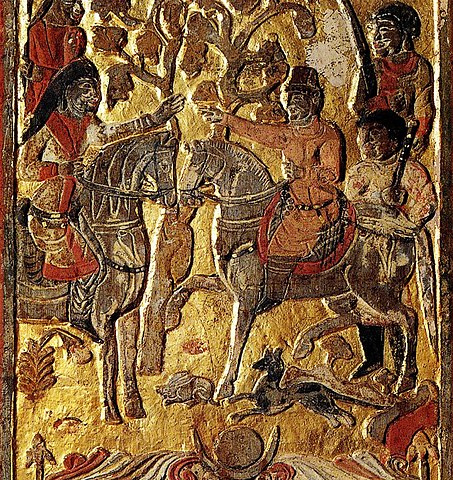
Istami's policy of western expansion brought the Göktürks into Europe. In 576 CE the Göktürks arrived Crimea, Ukraine. Their cavalry kept roaming the steppes of Crimea until 590.
Istami died in 575 CE. His third son, Taspar, succeeded him. His reign saw further rise of Turkic power even to the point of calling the two emperors who ruled the northern part of China as his sons. Taspar died in 581. There was a dispute as to who should be his successor. After a series of civil wars, the First Turkic Khaganate split into the Eastern and Western Turkic Khaganates in 603 CE. The Eastern Turkic Khaganate was subjugated by the Tang dynasty in 630 CE. The Western Turkic Khaganate disintegrated around the same time, and part of it was also subjugated by the Tang dynasty in 657 CE.
Soon the Turks revolted. In 682 CE, they formed the Second Turkic Khaganate. However, its territorial reach was only slightly bigger than that of the earlier Eastern Turkic Khaganate. Below is a map of the Second Turkic Khaganate around 720 CE (present-day names in black):
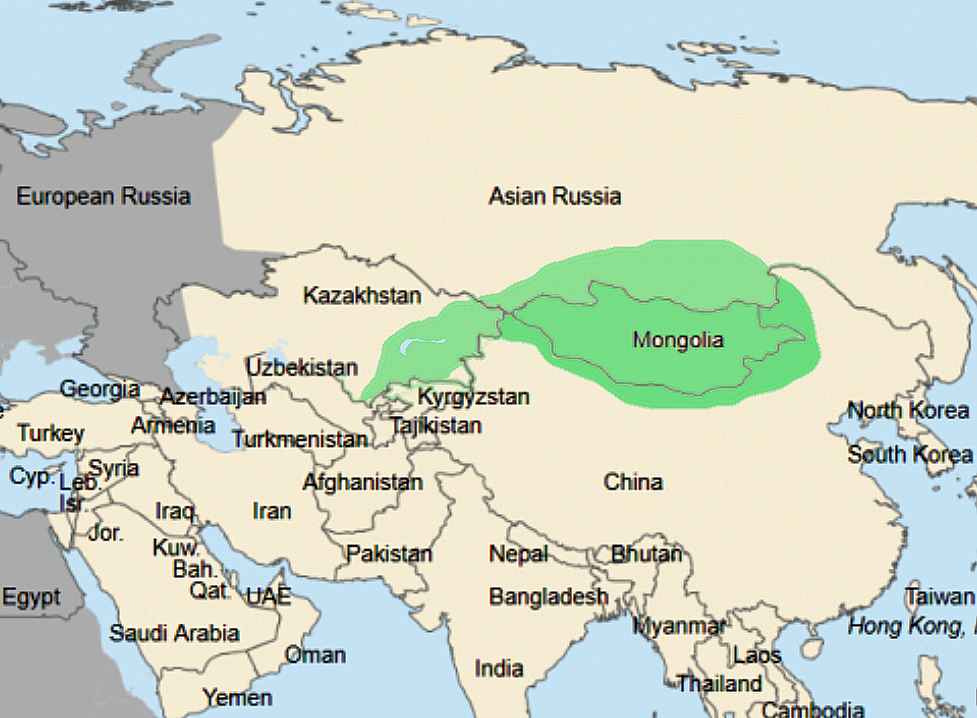
Similar to the First Turkic Khaganate, the Second Turkic Khaganate was plagued by in-fights and successor problems. One group, the Uyghurs, that had submitted to Turkic rule formed alliance with other groups and rebelled. In 744 CE, they defeated the Second Turkic Khaganate and became the Uyghur Khaganate.
There were other Turkic branches. Another branch of the Turkic people who lived in the west side of the Steppe were named the Oghuz. During the 10th century, one group of the Oghuz nomadic tribes called Seljuk (also spelled as Seljuq) had a falling out with the supreme chieftain of the Oghuz. They left and moved south to the present-day Syr Darya. In the 11th century they migrated further south and reached into Persia and converted to Islam. They defeated the local government and established the Seljuk empire.
In order to govern their expanding territories, the Seljuks relied on a refined Persian bureaucracy. The Seljuks had no strong literary heritage of their own. They adopted Persian literature and culture of their occupied land of Persia. According to the 12th-century poet Nizami Aruzi, all of the Seljuk sultans had a liking for poetry, which is also demonstrated by the large compilation of Persian verses written under their patronage.
The Seljuks then pushed west and reached eastern Anatolia (present-day Turkey). At that time Anatolia was ruled by the Byzantine empire. A large battle erupted between the two empires in 1071 CE near the town of Manzikert. The Byzantine army was decisively defeated and the Byzantine emperor, Romanos IV Diogenes, was captured. Below is a map showing the territories of the Seljuk empire after the battle in 1092 CE (present-day names in black):

Below is a 14th century drawing showing the coronation of the Seljuk sultan Ahmad Sanjar:

The Seljuks were the target of the first and second Crusades (1095-1099 and 1147-1149). The east side of its territories was attacked by the Kara-Khitai, another Steppe empire. In 1194, the Seljuk empire was overthrown by one of its vassal states, the Khwarazmian. The Seljuk empire collapsed. Khwarazmian was later conquered by Genghis Khan in 1223.
Today, much of the populations of Turkey, Azerbaijan and Turkmenistan are descendants of Oghuz Turks.
Read the publications below for more information about the Turkic people:
A 2015 paper titled The Genetic Legacy of the Expansion of Turkic-Speaking Nomads across Eurasia
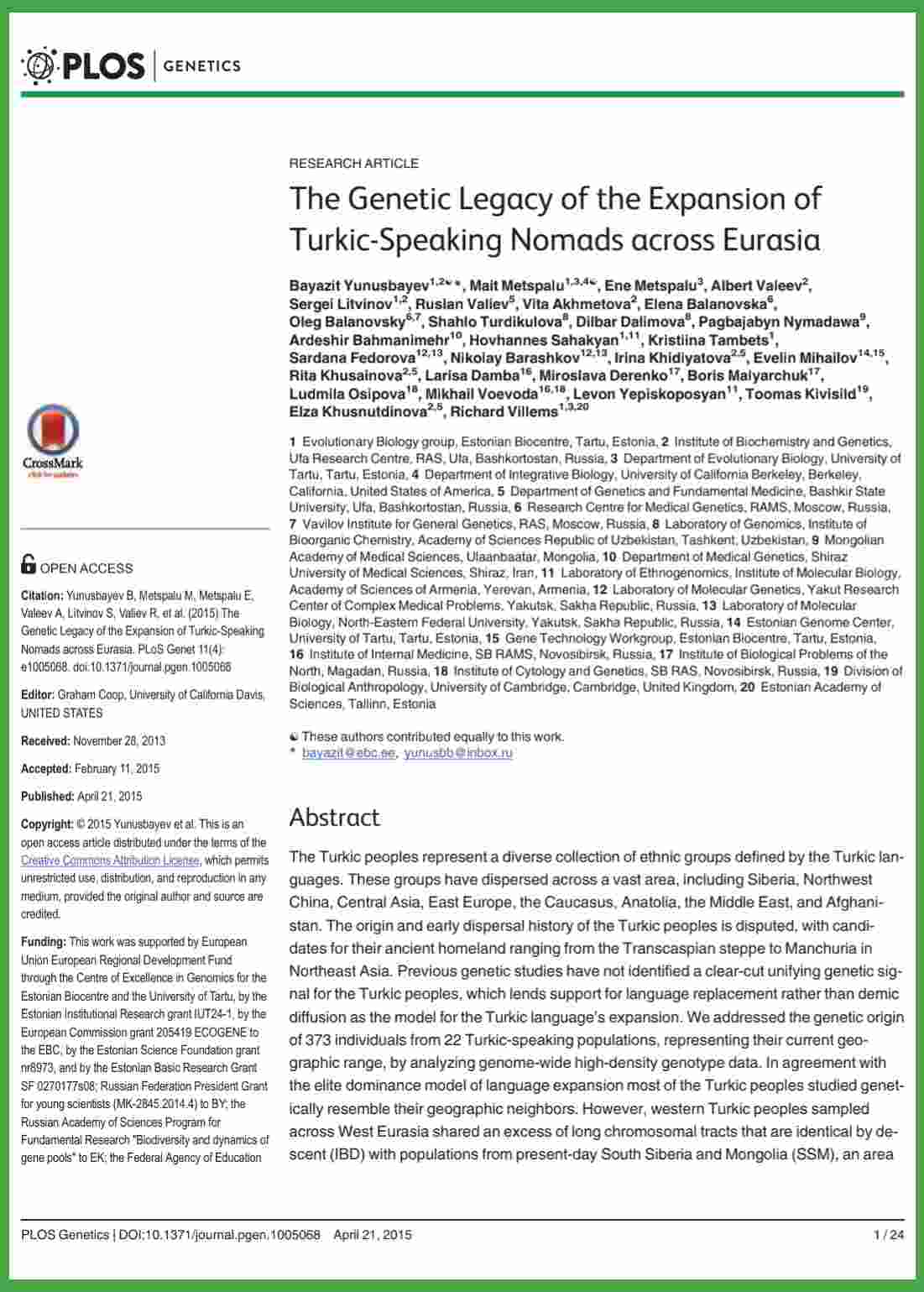
A 2018 publication titled "History and culture of the early Türkic period: A review of archaeological monuments in the Russian Altai from the 4th–6th century AD"

A 2018 publication titled "Changing Perception of Turk Identity Among the Medieval Nomads of Central Eurasia"

A 2020 publication titled Patterns of Turkish Migration and Expansion in Byzantine Asia Minor in the 11th and 12th Centuries
